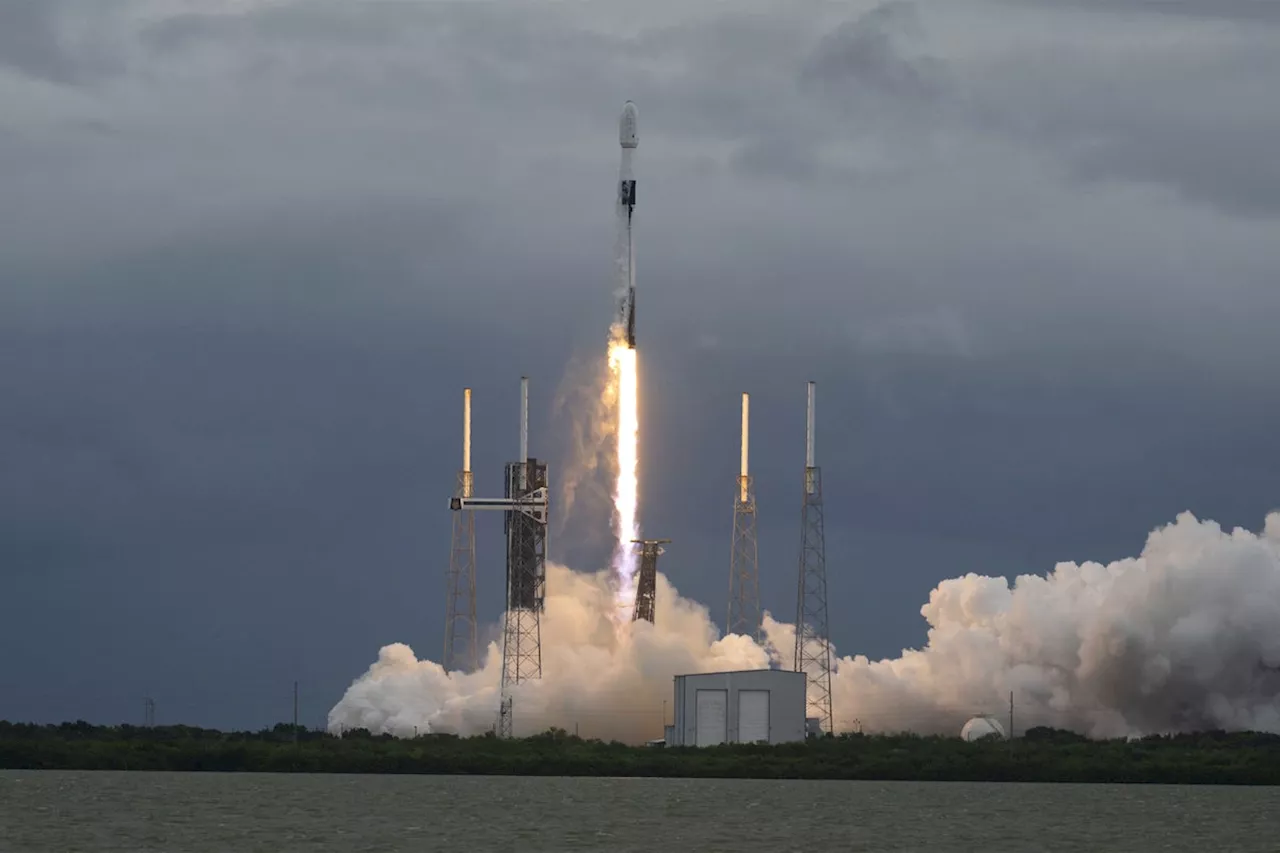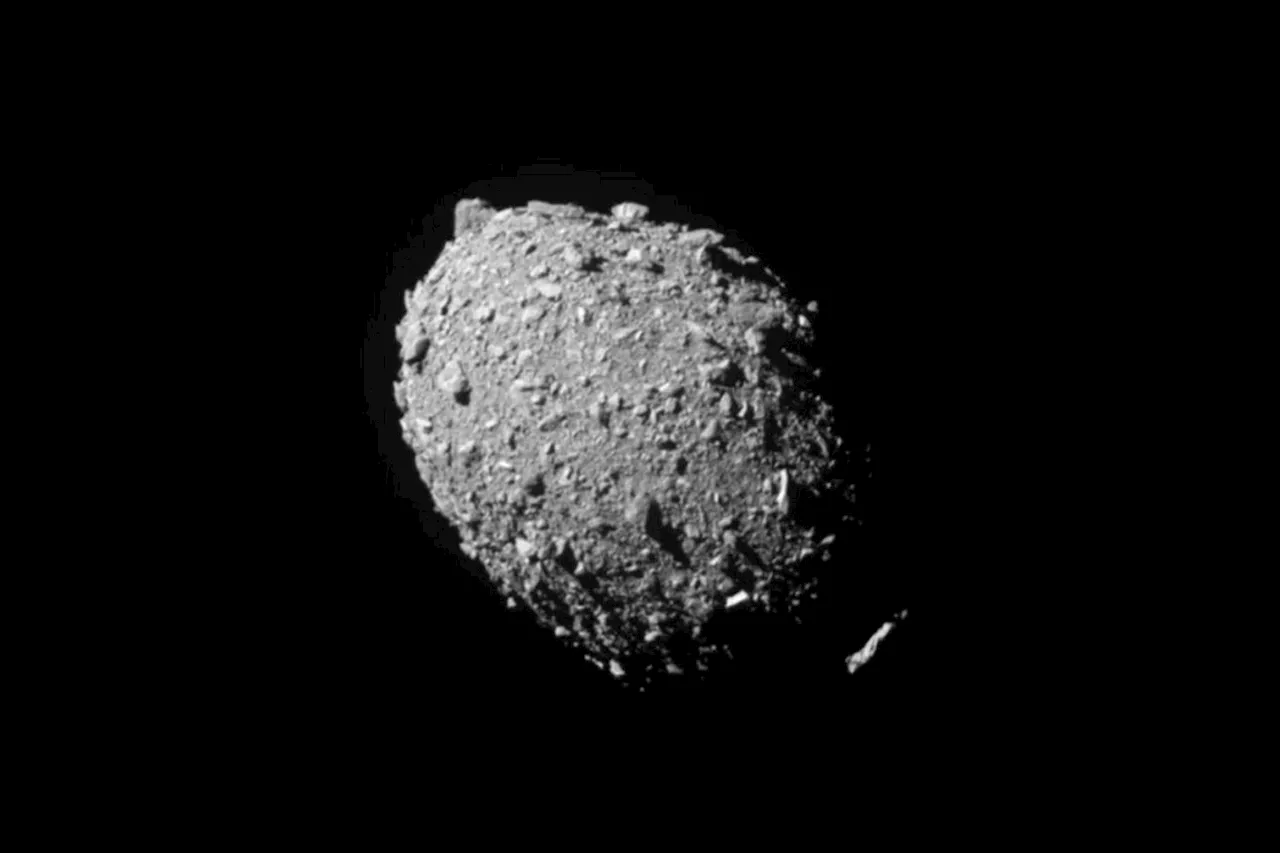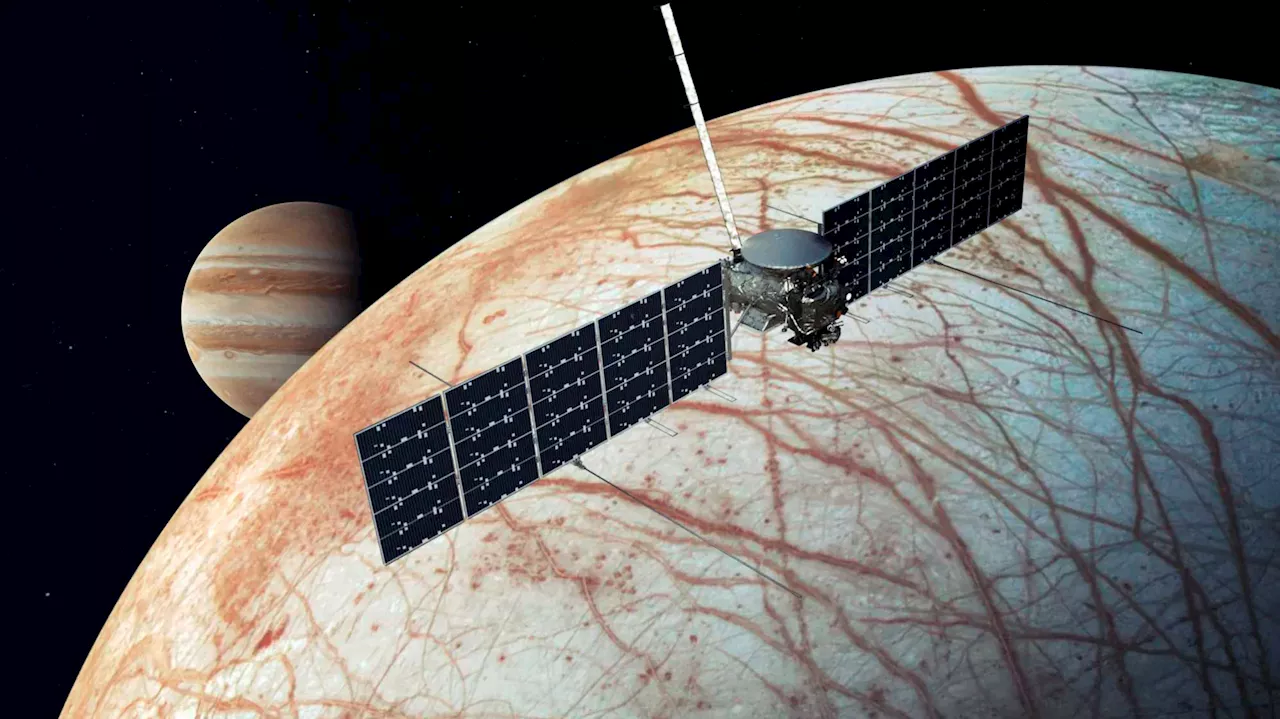The Best in Science News and Amazing Breakthroughs
Ships passing in the night used Morse code sent with lanterns and shutters to communicate. That same basic principle has allowed NASA to communicate with Psyche, its mission to a metal-rich
This feat was part of the culmination of the first Phase of NASA's Deep Space Optical Communications experiment. Psyche is carrying a laser transceiver tuned to a specific frequency of infrared light, which can also be transmitted and received by two ground stations based in California. The infrared frequency the mission planner at NASA's Jet Propulsion Laboratory selected is much higher than the typical radio frequency communications used for deep space missions.
While that's a few orders of magnitude slower than the maximum data rate it reached the closer distance, it is still orders of magnitude above the same data rate of a radio frequency connection with the same power output. Ultimately, the latest successful connection in June was the end of the first Phase of testing for the system. The project team unequivocally proved that, as expected, communication data-rate reduction was proportional to the inverse square of the distance between Earth and Psyche. In other words, the data rate decreases even faster as the distance increases between the spacecraft and the base station.
United States Latest News, United States Headlines
Similar News:You can also read news stories similar to this one that we have collected from other news sources.
 No cat, no problem: 3 NYC cat cafés you should visit for National Cat DayTouted as NYC’s first cat cafe, Meow Parlour is a sanctuary to play with adoptable cats in a safe and relaxing environment. An assortment of baked goods and
No cat, no problem: 3 NYC cat cafés you should visit for National Cat DayTouted as NYC’s first cat cafe, Meow Parlour is a sanctuary to play with adoptable cats in a safe and relaxing environment. An assortment of baked goods and
Read more »
 Europe’s Hera Mission Launches to Visit an Asteroid Smacked by NASAHera will arrive in 2026 at Dimorphos, an asteroid deliberately struck by NASA’s DART spacecraft
Europe’s Hera Mission Launches to Visit an Asteroid Smacked by NASAHera will arrive in 2026 at Dimorphos, an asteroid deliberately struck by NASA’s DART spacecraft
Read more »
 NASA's Crewed Mars Mission in the 2030s Could Unlock Some Geologic MysteriesMars’ craters come from ancient collisions during the formation of the solar system.
NASA's Crewed Mars Mission in the 2030s Could Unlock Some Geologic MysteriesMars’ craters come from ancient collisions during the formation of the solar system.
Read more »
 The Day NASA Smashed an Asteroid: What It Was Like Inside Mission ControlThe author of a new book on the DART mission takes us behind the scenes of the day NASA smacked an asteroid.
The Day NASA Smashed an Asteroid: What It Was Like Inside Mission ControlThe author of a new book on the DART mission takes us behind the scenes of the day NASA smacked an asteroid.
Read more »
 NASA's Europa Clipper Mission Set to Explore Ocean MoonNASA's Europa Clipper spacecraft is poised to embark on a journey to Jupiter's moon Europa, a celestial body believed to harbor a vast subsurface ocean. The mission aims to determine whether the conditions on Europa could support life by studying its icy crust and the potential for hydrothermal vents.
NASA's Europa Clipper Mission Set to Explore Ocean MoonNASA's Europa Clipper spacecraft is poised to embark on a journey to Jupiter's moon Europa, a celestial body believed to harbor a vast subsurface ocean. The mission aims to determine whether the conditions on Europa could support life by studying its icy crust and the potential for hydrothermal vents.
Read more »
 NASA Sets Launch for Europa Clipper Mission to Search for Life Beyond EarthNASA is launching the Europa Clipper spacecraft on a mission to Jupiter's moon Europa, considered one of the most promising places in our solar system to search for life. The spacecraft will study Europa’s icy shell and potentially habitable subsurface ocean.
NASA Sets Launch for Europa Clipper Mission to Search for Life Beyond EarthNASA is launching the Europa Clipper spacecraft on a mission to Jupiter's moon Europa, considered one of the most promising places in our solar system to search for life. The spacecraft will study Europa’s icy shell and potentially habitable subsurface ocean.
Read more »
